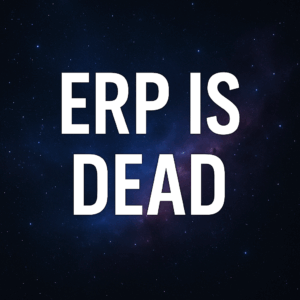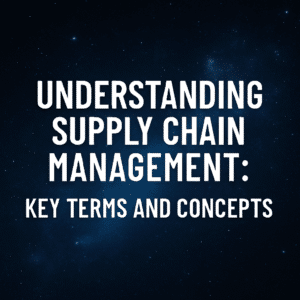Here’s the situation: you currently use a legacy ERP system that has been in place for over 20 years. When your customer places an order, you enter them into a field called “work order” in your ERP system. Everyone within your organization refers to these as “work orders” in their daily discussions.
Fast forward a few years. You implement a new ERP system as part of your digital transformation. In the new system, there are no “work orders.” Instead, the new system refers to these orders as “service orders.” This is inconsistent with the nomenclature that your company has used for decades.
Table of Contents
Toggle1,000 “Little” Changes = Massive Change
This in and of itself isn’t a bad thing. People will get over it. But multiply this one, tiny example by 1,000, and that’s how much change your digital transformation will experience. It’s easy to see why companies get overwhelmed with the degree of change that most digital transformations and ERP implementations entail.
Set aside machine language, blockchain, artificial intelligence, internet of things, and other sexy technologies – these are all major changes for most organizations. Instead, we’re talking a very rudimentary example of change that your employees need to get used to. Some changes are minor and incremental, while others are more significant. But the real pain of change is the sheer volume of changes that companies experience.
The Impact of 1,000 Papercuts
The end result for many organizations is death by 1,000 papercuts. No one change or problem is going to cause people to revolt against the change or for your project to fail. It’s the culmination of unmanaged changes and risks that kill projects with the best of intentions.
It doesn’t matter if you’re implementing one of the top ERP systems. Whether its SAP S/4HANA, Oracle Cloud ERP, Microsoft Dynamics 365, or some other sort of enterprise technology, the changes and impacts will be significant. Even if your team wants to change – at least in theory – it will be difficult for even the brightest and most willing to keep up with changes.
The Cure for Papercuts
Most SAP, Oracle, Microsoft, and ERP consultants fail to address these problems. The good news is that a simple, 5-step plan can provide an effective antidote to those pesky papercuts:
- Define and understand the magnitude of change. There is a big difference between more incremental ERP implementations and broader digital transformations. It is important to have a realistic understanding of the degree of change that your transformation will entail.
- Clearly define the future state. Once you have this clear vision for the project, it is important to clearly define your business processes and organizational design – not as it is now, but how it will be in the future. This should provide the overall business blueprint for all of your digital transformation efforts.
- Define and understand the change impact to individual employees. Your employees care about how this transformation will benefit the company, but they care even more about how it will personally affect them. It is important to define every nook and cranny of the change and what it means to different departments and workgroups – all the way down to the “service order” example at the beginning of this article.
- Create a customized communications plan. Once changes are defined and documented, they should be incorporated into a tailored communications plan. A variety of vehicles and tactics – and a ton of repetition – should be used to communicate various changes resulting from the transformation. These communications should start well before end-user training.
- Create and deploy custom training materials. Canned training materials of the past aren’t going to cut it. Your training materials need to be tailored for your business processes, configurations, and employee roles and responsibilities. Simply training the trainers isn’t enough, either – you need a variety of support documentation and tutorials to ensure employees fully understand and embrace the changes. (Contact me for a recommendation on an awesome tool to help you do this).
Moving from 1,000 Papercuts to Digital Transformation Success
These five steps are intended to cure your organization and team from the pain of 1,000 papercuts. Even more importantly, these steps will help you focus less on surviving a transformation and more on optimizing and improving your business. Executives and project teams tend to lose sight of this important nuance, but it’s an important one.





